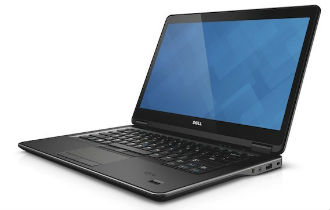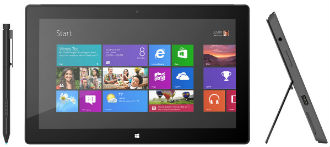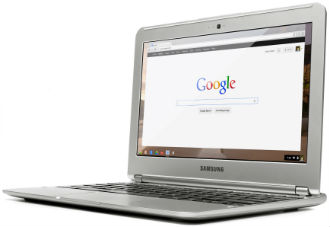 Dell is looking to include the channel in its desktop-as-a-service (DaaS) strategy and it is about to offer two options for channel partners. The first one will be straightforward, much like the usual resale relationship, but a deeper approach will let the partners themselves “own” the customers, reports MSPmentor.
Dell is looking to include the channel in its desktop-as-a-service (DaaS) strategy and it is about to offer two options for channel partners. The first one will be straightforward, much like the usual resale relationship, but a deeper approach will let the partners themselves “own” the customers, reports MSPmentor.
The cunning plan is that organisations will find it a lot easier to get into the DaaS business without the hassle of building their own infrastructure. Such an approach should appeal to potential providers, including telecoms, reckons Dell. So far the push will apparently be limited to the American market, where the service launched a month ago, in cooperation with system integrators MCPC from Ohio.
However, the model itself sounds relatively flexible and it should be relatively easy to expand. Dell Director of Sales Enablement Terry Vaughn said the company has already come up with a playbook for the service, which resembles a franchise model. Affiliate/referral margins are percent of revenue in a monthly recurring model, while the co-delivery model requires the partner to achieve Dell certification, but it also provides better margins of 15 to 20 percent.
“We know what we are selling this for direct in the market place, and we are holding the pricing consistent,” said Vaughn. He added that the approach is designed to avoid any channel conflict.
In addition, Dell is offering a free proof-of-concept trial for anyone willing to give the new DaaS strategy a go.



















